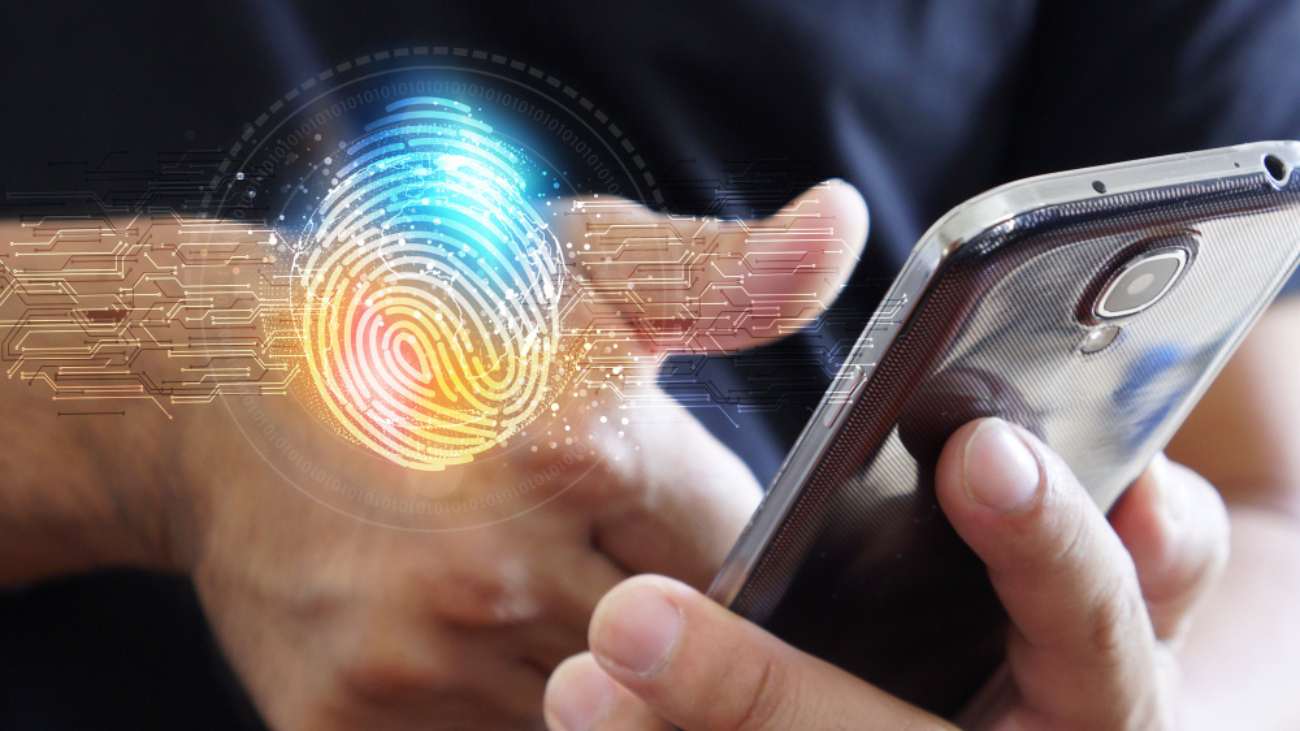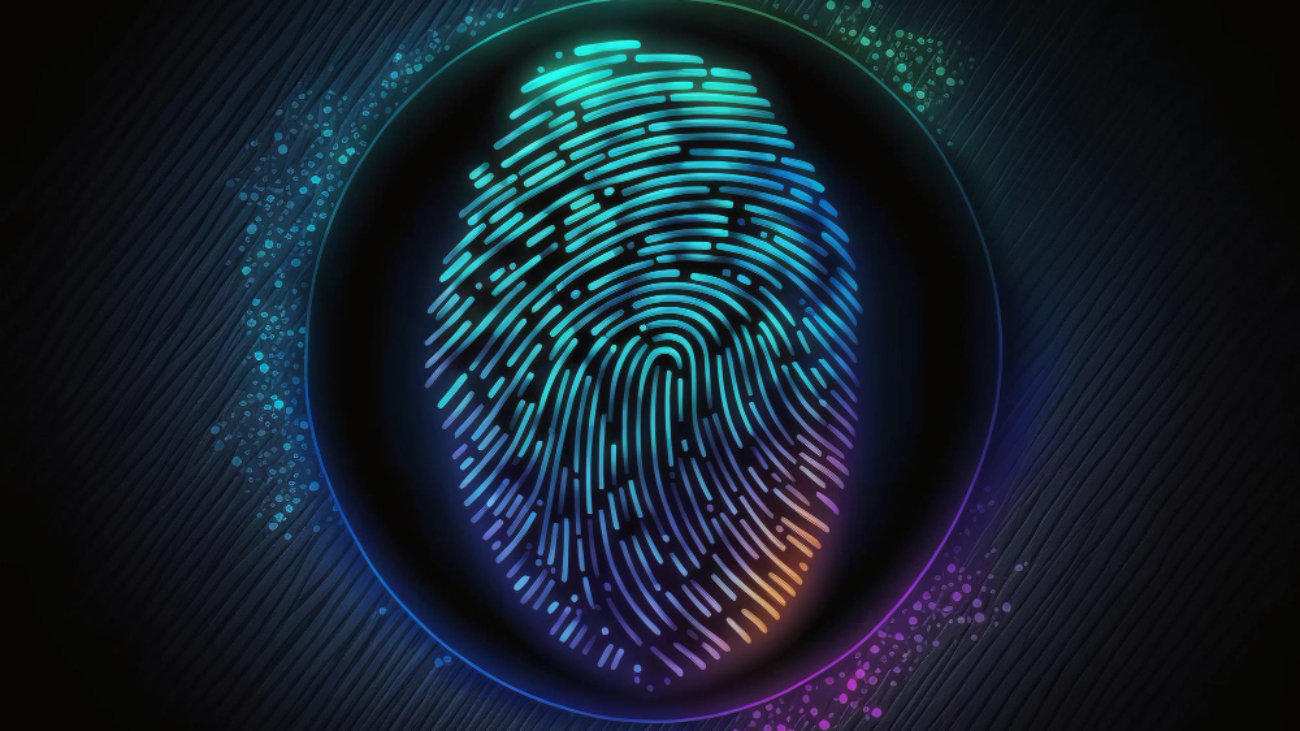If you want to employ biometrics to fulfill your identification, access control, and authentication needs, numerous technologies and devices are available today. Facial recognition software, palm print scanners, etc. Numerous biometric modalities are included in even contemporary personal gadgets like mobile phones and notebook PCs.
Have these more recent biometric technologies impacted the market proportion of fingerprint scanners? Bahaa Abdul Hadi feel that customers now have various options, at least partly thanks to them. However, despite several alternative biometric modalities, fingerprint recognition technology has not lost any of its allure or use.
How have fingerprint sensors survived the advent of alternative modalities, and why do they remain the most popular biometric devices? Let’s look into it.
The original fingerprint identification technology offers an advantage over later biometric technologies. By the time alternative biometric modalities started to catch up, fingerprint recognition had already solidified its place.
Even today, other biometric modalities have not yet attained the degree of accessibility that fingerprint scanners provide. Due to their growing popularity and demand, numerous businesses are now making fingerprint scanners. Developers of fingerprint recognition have also been forced by fierce competition to create competitively priced goods, which in turn pulls more customers and fuels the cycle.
As a result of everything, fingerprint sensors are now commonly available. Although other biometric devices like iris or face scanners might not be available at your favorite shop, you will probably discover an extensive range of fingerprint scanners.
Fingerprint scanners: a cost-effective biometric solution
The lowest bidder receives contracts from government organizations. The increasing demand for fingerprint scanners has forced manufacturers to create them in great numbers. Since it is more profitable to sell more devices than to keep them expensive, manufacturers have been able to lower costs thanks to economies of scale and mass production.
Fingerprint scanners have the best return on investment compared to the bulk of other biometric systems and are also more cost-effective.
Changes in consumer opinions of fingerprint scanning technology and government biometrics initiatives
Since fingerprint identification was connected to criminal identification a few decades ago, it was severely stigmatized in society. Despite some early skepticism, the public finally accepted the notion of utilizing fingerprints for civil identity purposes, such as border control and voter identification.
Government initiatives helped to reduce the societal stigma attached to fingerprint scanners, but the real turning point came with the introduction of mobile biometrics. Smartphones with fingerprint recognition became the norm when Apple introduced the first iPhone with one. This completely changed how users confirmed their identities on applications and unlocked their phones. The proliferation of mobile phones has altered how consumers see fingerprint-scanning technology.
This study shows how customer attitudes around fingerprint identification are changing, which aids in explaining why fingerprint scanners continue to be the most popular biometric technology.
Having multiple advantages, fingerprint scanners have maintained their relevance despite the introduction of several biometric technologies and devices. Additionally, they are more popular than ever right now like mobile phones and notebook PCs.
Thank you for your interest in Bahaa Abdul Hadi blogs. For more information, please stay tuned to www.bahaaabdulhadi.com







